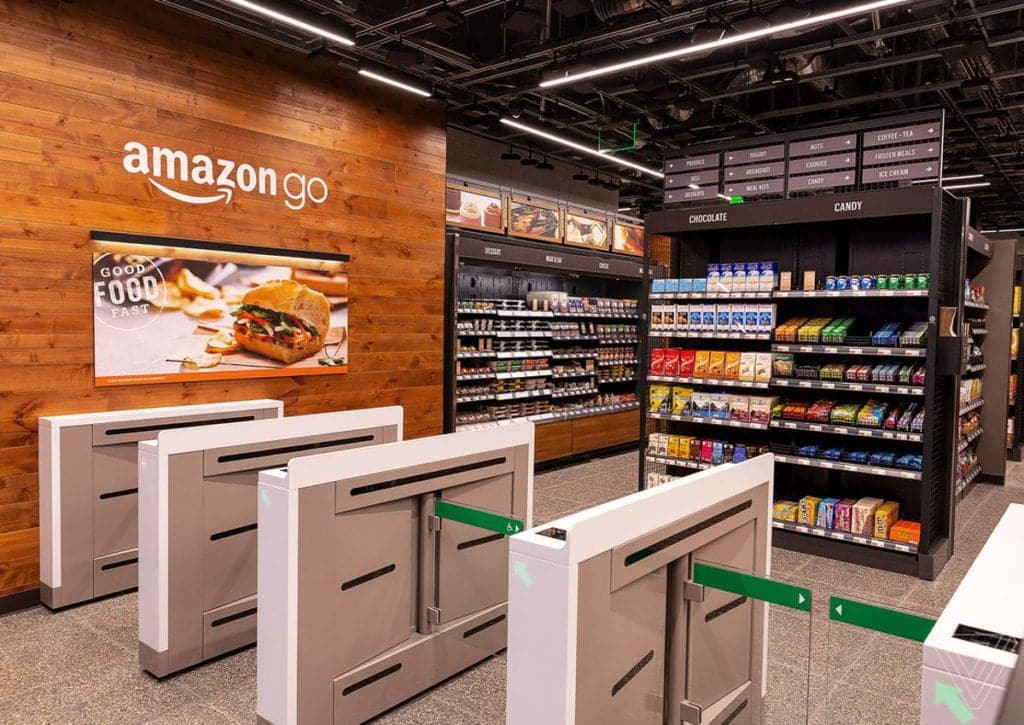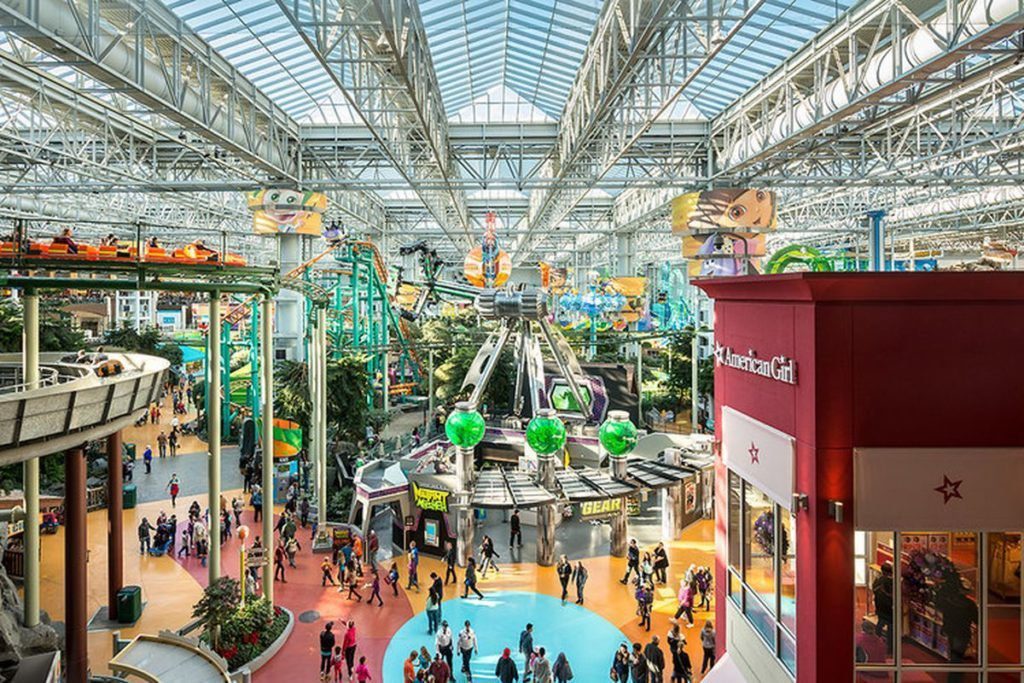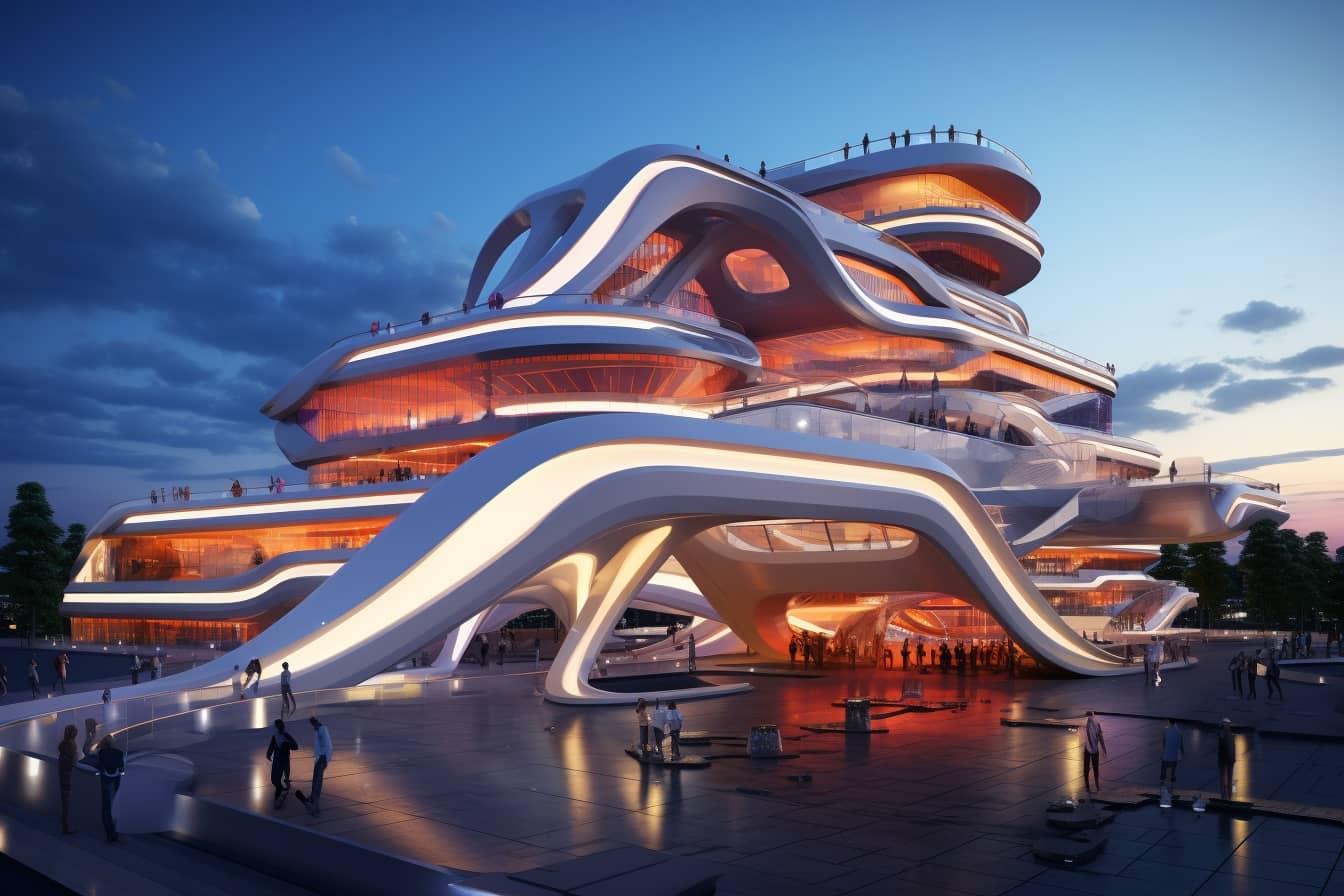E-commerce is growing rapidly: what can save supermarkets and shopping centers from certain extinction, at least in their current form? Let's talk about the experience economy.
In the next decade, AI-based personalization, AR/VR interfaces and sensor-based smart environments could change the shopping of the future. If this happens, today's "shopping center" will become a platform no longer centered on the simple storage and purchase of goods. We could see the adaptation of these structures as hubs for education, entertainment and new business models that we cannot even imagine today.
What is the future of physical retail? Let's try to speculate a bit.
The shopping of the future
It's April 2026, a cold and rainy day in Munich. Ernst has to cook for his parents who come to visit him for lunch, but he forgot to do the shopping. While driving around the city in an autonomous Uber vehicle, a quick online search shows him a vegan butcher shop. He reserves a good kilo of “Impossible Bockwurst” without hesitation, it's been a while since these traditional sausages no longer come from animals, but from cultured cells o from plants.
The shop's artificial intelligence interfaces with that of the phone and automatically redirects the driverless taxi to the new destination.
The vehicle stops outside the shop, Ernst loves buying in slightly vintage places where many human beings are still employed. The friendly Anja (at least that's what it says on the card) is already at the door with the chosen package in her hand. Lunch is saved!
While Ernst gets back into the car and reads the notification on his cell phone with the purchase receipt and the kind coupon with a discount on the next purchase, the sensors on the butcher's shelf alert the store's AI. The system orders new Bockwurst to replenish the warehouse and the employees already know where to go to put it back.
The producer of the Bockwurst is rubbing his hands, meanwhile: the data just received indicate that Ernst is in good company, that product is going strong that month and the trend (which updates in real time) is really growing.
This scenario is not that far away: in 5 years the Internet of Things can easily achieve these results. Most of these technologies are already present, it just depends on how much companies push for the progressive introduction of these technologies.
The Internet of Things will have an incredible impact on commerce
According to McKinsey research, the Internet of Things will have a potential commercial impact of between $2025 billion and $410 trillion by 1,2.
Forgotten jobs: the cashier
The automatic checkout that will free customers from the hassle of waiting is already here. Amazon introduced the model in January 2018, when its first Go store opened in Seattle.
To date, Go has 13 stores, 4 more on the way and up to 3.000 planned for construction by 2021, according to a Bloomberg report.
The New York Times describes passing through the store's turnstiles as “similar to subway entry” in ease and speed.
Upon entering, visitors scan QR codes with their phones and AI does the rest. Cameras track the movement of customers along the aisles, and weight sensors built into the shelves do the same for the store's products. Take what you want, put it in your backpack and go home.
Upon checkout, the costs are automatically charged to your Amazon account.

It's frictionless shopping. Long lines dissuade customers, and cashiers cost money. The only employees of an Amazon Go store are those who check in the liquor section if the shoppers are over XNUMX. For how much longer? An AI will soon be able to distinguish between customers authorized to purchase alcohol and those who are still "immature".
McKinsey estimates that self-checkout will save retailers $150 billion to $380 billion annually by 2025.
This is why cashier is an endangered profession.
Amazon isn't the only company chasing this scenario.
The startup v7labs San Francisco-based, for example, now helps any retail store make the same transition, while Alibaba's cashless Hema stores were tested in China a full two years before Amazon.
Smart Shelf technology is already here too: RFID (radio frequency identification) tags and weight sensors detect when an item is removed. Innovation prevents theft, automates restocking, and ensures inventory is always in the right place.
The biggest change in retail will be one of efficiency.
The shopping of the future will see supply chain management change entirely. In 2015, a Cisco study found that IoT-based solutions will have a more than $1,9 trillion impact on the supply chain and logistics industry, and for good reason.
AI can detect patterns in data that humans cannot recognize. This means that every link in the supply chain (inventory levels, supplier quality, demand forecasting, production planning, transportation management and more) will be totally revolutionized. And everything will happen very quickly.
Retail's Last Hope: The Experience Economy
In “Welcome to the Experience Economy”, an article for Harvard Business Review magazine, the author Joseph Pine traced over 20 years ago 200 years of economic development through a curious metric: the birthday cake.
The pie factor
“In the era of the agrarian economy, mothers made birthday cakes from scratch, mixing agricultural products (flour, sugar, butter and eggs) which together cost little change.
After the onset of the industrial economy, moms paid a couple of bucks to buy pre-mixed ingredients.
Later, as the service economy took hold, busy parents ordered cakes from the bakery or pastry shop, which cost at least ten times as much as pre-packaged ingredients.
In the 90s, parents didn't bake the birthday cake or host the party. They spent five times as much, or even more, to “outsource” the entire event to entertainment and catering companies, who handled everything and maybe gave the cake free. Now, this is the emerging experience economy."
Experience economy
By replacing prepackaged ingredients with prepackaged experiences, this business model addresses new kinds of needs.
For almost all of human history, no one has wanted many prepackaged experiences: life itself was the experience. Being safe, warm and fed was a lot. Technology has changed this equation, accelerating the need to get some life created for us by other people.
Because the experience will be worth more than the products
At the turn of the Industrial Revolution, even the richest people on the planet did not have air conditioning, running water or indoor plumbing. Cars, refrigerators and telephones were missing. Not to mention computers.
Today, even people living below the poverty line (in richer countries) can get these comforts. And those who are better off have many, many more.
We all have so many things that we have begun to take our things for granted. They do not satisfy us, they are no longer enough. For this reason, experiences (tactile, memorable, real and soon also virtual) could become more precious than goods. And retailers have already begun to take advantage of this trend.
What has Starbucks done, for example, other than extending the familiarity of the local coffee shop on a global scale? It was dawn: the convergence of new technologies will bring the experience economy to unprecedented levels.
From hypermarkets to micro-cities
Westfield Shopping Center has developed a plan on the future of shopping and retail. He called it “Destination 2028”. Packed with suspended roof gardens, smart changing rooms and mindfulness workshops, Westfield's proposed mall will be a “hyper-connected micro-city” with incredible ability to personalize experiences.
Smart bathrooms will provide personalized suggestions for nutrition and hydration. Eye scanners and AI will be able to personalize shopping trips based on previous purchases. The interactive mirrors they will offer virtual reflections showing you already wearing a whole range of new products.

Combining entertainment, wellness, learning and personalized product pairing, Westfield's “Destination 2028” aims to convince us that the inconvenience of leaving home to shop is worth it.
That will be the big bet.
What will become of hundreds of thousands of supermarkets and shopping centers? The Campania center it is the largest in Italy, with its 200.000 square meters and its 180 shops. Mall of America, in Minnesota, is a small city that spans 1.7 square kilometers and is home to 500 shops. China's largest shopping mall covers over 2.1 square kilometers and it's bigger than the Pentagon.

Would you like to spend Saturday evening during rush hour? I do not. These beasts should be able to make the game worth the candle.
A good experience economy will guarantee the survival of these mastodons, as long as they become places very different from their current ones.
In summary.
Scenario A, success of the experience economy: Retail will become a convergent industry where time spent at the mall offers many benefits. The shopping of the future will also be accompanied by healthcare. Entertainment will also be accompanied by education, and so on.
Scenario B, our shopping malls will not adapt and become a distant memory. Shopping itself will become another task outsourced to our AI, who will order food, clothes, drugs, and so on for us.
Final thoughts on the shopping of the future
Survival and Metamorphosis will have to go hand in hand. Artificial intelligence will attract new customers by personalizing their experiences. Stores will be full of checkouts without test interactive checkouts and mirrors.
Clothing in the shopping of the future will be “instant tailoring” and will adapt perfectly to the user. The exploding convergence of sensors and 3D printing will add even more value to personal experience. Ultra-fast body scans will allow 3D printers to create perfect products, on the spot and without waste.


